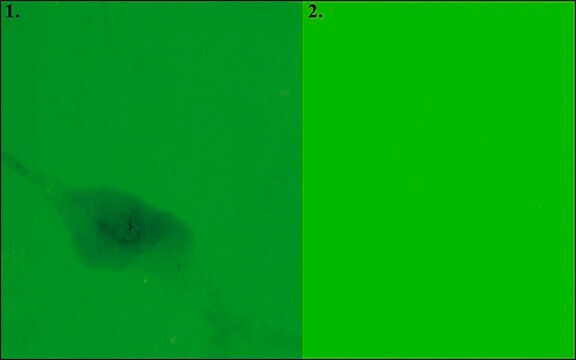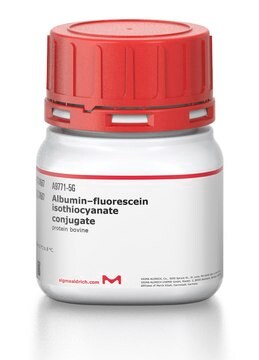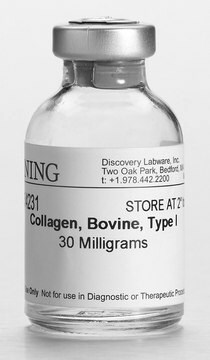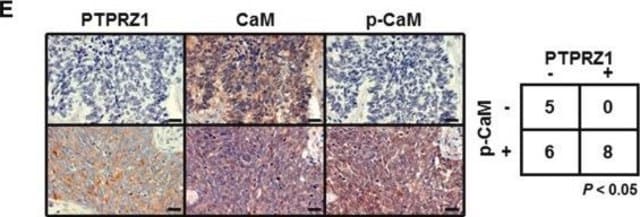F9052
Anti-FRS2 (SNT-1) antibody produced in rabbit
affinity isolated antibody, buffered aqueous solution
别名:
Anti-FRS1A, Anti-FRS2A, Anti-FRS2alpha, Anti-SNT, Anti-SNT-1, Anti-SNT1
登录查看公司和协议定价
所有图片(1)
About This Item
共軛:
unconjugated
application:
ARR
IP
WB
IP
WB
無性繁殖:
polyclonal
物種活性:
rat, mouse, human
citations:
1
技術:
immunoprecipitation (IP): 10-20 μg using RIPA lysate of mouse NIH/3T3 cells
microarray: suitable
western blot: 1:1,000 using whole cell extracts of rat PC-12 cells or human HepG2 cells
microarray: suitable
western blot: 1:1,000 using whole cell extracts of rat PC-12 cells or human HepG2 cells
推荐产品
生物源
rabbit
品質等級
共軛
unconjugated
抗體表格
affinity isolated antibody
抗體產品種類
primary antibodies
無性繁殖
polyclonal
形狀
buffered aqueous solution
分子量
antigen 92-95 kDa (doublet)
物種活性
rat, mouse, human
技術
immunoprecipitation (IP): 10-20 μg using RIPA lysate of mouse NIH/3T3 cells
microarray: suitable
western blot: 1:1,000 using whole cell extracts of rat PC-12 cells or human HepG2 cells
UniProt登錄號
運輸包裝
dry ice
儲存溫度
−20°C
目標翻譯後修改
unmodified
基因資訊
human ... FRS2(10818)
mouse ... Frs2(327826)
rat ... Frs2(314850)
一般說明
Fibroblast growth factor receptor substrate 2 (FRS2), also known as suc-1 associated neurotrophic factor target protein (SNT) exist in two structurally similar forms namely, FRS2a (SNT-1) and FRS-2b (SNT-2). FRS2 is characterized with a consensus myristylation sequence, involved in its recruitment to the cell membrane 4 and a putative phosphotyrosine binding (PTB) domain in its amino-terminus.
免疫原
synthetic peptide corresponding to human FRS2 sequence, (amino acids 487-505). The corresponding sequence is identical in Xenopus and differs from the respective human and mouse FRS2β sequences by 2 and 3 amino acids, respectively.
生化/生理作用
Fibroblast growth factors (FGF) receptor substrate (FRS) functions as a lipid-anchored docking protein that is tyrosine phosphorylated and recruited to FGFR upon FGF stimulation. fibroblast growth factor receptor substrate 2 (FRS2) plays an important role in linking fibroblast growth factor (FGF) and nerve growth factor (NGF) with the Ras/ mitogen-activated protein kinases (MAPKs) signaling pathway, thus relaying information from the cell surface to the nucleus. FRS2 proteins are tyrosine phosphorylated in response to activation of the RET receptor, a tyrosine kinase that functions as the signal transducing receptor for the glial cell line-derived neurotrophic factor (GDNF).
外觀
Solution in 0.01 M phosphate buffered saline, pH 7.4, containing 1% BSA and 15 mM sodium azide.
免責聲明
Unless otherwise stated in our catalog or other company documentation accompanying the product(s), our products are intended for research use only and are not to be used for any other purpose, which includes but is not limited to, unauthorized commercial uses, in vitro diagnostic uses, ex vivo or in vivo therapeutic uses or any type of consumption or application to humans or animals.
未找到合适的产品?
试试我们的产品选型工具.
儲存類別代碼
10 - Combustible liquids
水污染物質分類(WGK)
WGK 2
閃點(°F)
Not applicable
閃點(°C)
Not applicable
Bone proteins PHEX and DMP1 regulate fibroblastic growth factor Fgf23 expression in osteocytes through a common pathway involving FGF receptor (FGFR) signaling
Martin A, et al.
Faseb Journal, 25(8), 2551-2562 (2011)
Docking protein FRS2 links the protein tyrosine kinase RET and its oncogenic forms with the mitogen-activated protein kinase signaling cascade
Melillo RM, et al.
Molecular and Cellular Biology, 21(13), 4177-4187 (2001)
Aline Martin et al.
FASEB journal : official publication of the Federation of American Societies for Experimental Biology, 25(8), 2551-2562 (2011-04-22)
Fibroblastic growth factor 23 (FGF23) is a circulating phosphaturic hormone. Inactivating mutations of the endopeptidase PHEX or the SIBLING protein DMP1 result in equivalent intrinsic bone mineralization defects and increased Fgf23 expression in osteocytes. The mechanisms whereby PHEX and DMP1
Jae Myoung Suh et al.
Nature, 513(7518), 436-439 (2014-07-22)
Fibroblast growth factor 1 (FGF1) is an autocrine/paracrine regulator whose binding to heparan sulphate proteoglycans effectively precludes its circulation. Although FGF1 is known as a mitogenic factor, FGF1 knockout mice develop insulin resistance when stressed by a high-fat diet, suggesting a
我们的科学家团队拥有各种研究领域经验,包括生命科学、材料科学、化学合成、色谱、分析及许多其他领域.
联系技术服务部门








